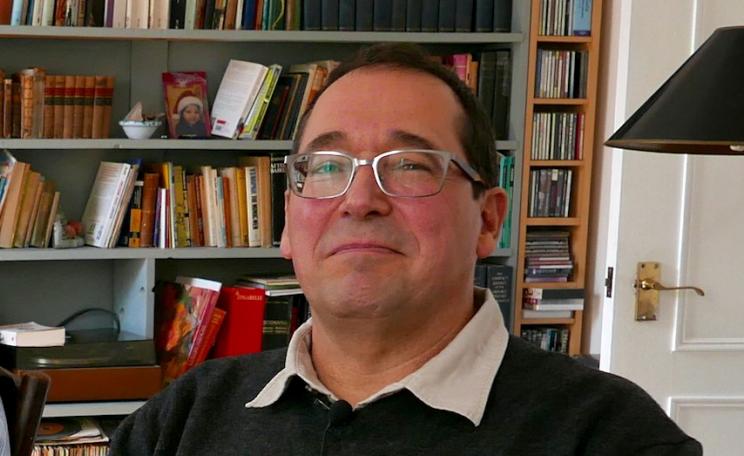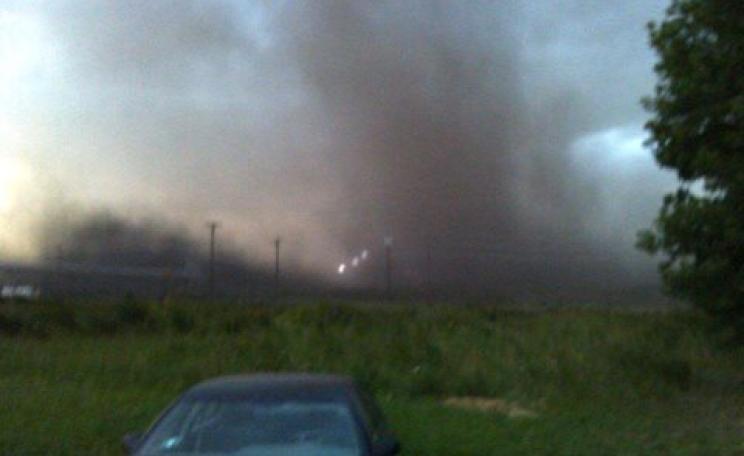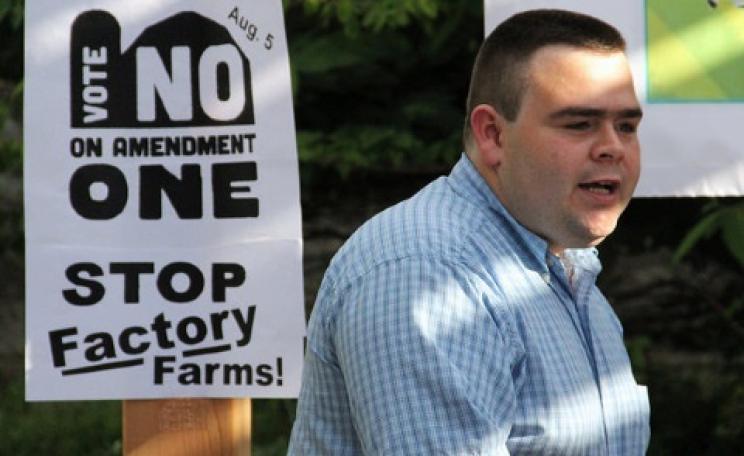Will leaking Co2 wipe out any climate benefit from CCS?
The risks can be identified and they can be managed. The problem is if they’re ignored
Last month, the U.S. Environmental Protection Agency took a big first step towards directly regulating power-plant emissions — and while the rules will take a year or so to finalise, they’re already succeeding in making unlikely bedfellows of granola-munching eco-liberals and Fox-watching right-wingers.
That’s because the EPA plans to use emission limits to spur the commercial rollout of carbon capture and sequestration (CCS), a technology that would inject power-plants’ greenhouse emissions into porous rocks deep beneath the planet’s surface, hopefully locking them away for good.
Both greens and industry-friendly conservatives say there are big problems with that idea, which they fear will prove expensive, impractical, and potentially dangerous. In its most recent CCS report, Greenpeace highlighted the technology’s risks by pointing to a 1986 incident at Lake Nyos in Cameroon, when a colossal bubble of carbon dioxide, created by volcanic activity, burst forth and asphyxiated around 1,700 people.
Fox News, meanwhile, dug up a 2007 clip showing former Energy Secretary Steven Chu warning of potential public-health concerns. “There would be people saying, ‘I don’t want this done in my backyard,’ because if the carbon dioxide ever does bubble to the surface it could actually kill people,” Chu said. “Ten percent carbon dioxide is lethal. And so that’s … one of the issues.” Other conservative media organisations picked up the theme. “Carbon dioxide is colourless, odourless, and heavier than air, which means that a major pipeline leak could be deadly,” wrote Robert Bryce in the National Review.
Such concerns are overblown, says Howard Herzog, a senior research engineer at the MIT Energy Initiative. Carbon dioxide can be dangerous, Herzog says, but it would be all but impossible for gas to leak out of sequestration sites in sufficient concentrations to cause a Lake Nyos-type catastrophe. If Lake Nyos was a balloon waiting to pop, Herzog explains, geologic sequestration is more like a sponge, with carbon locked away in countless subterranean pores beneath an impermeable rocky cap. That suggests that any leaking gas would bubble to the surface in a trickle rather than a flood, posing little or no risk to public safety.
The risks can be identified and they can be managed. The problem is if they’re ignored
What’s more, Herzog says, buried carbon dioxide becomes more stable over time as it mineralises or dissolves. A report Herzog co-authored for the Intergovernmental Panel on Climate Change found that it was “very likely” that at least 99% of sequestered carbon would remain underground for 100 years, and most likely for thousands or even millions of years beyond that. That makes CCS an appealing option, even if not all the carbon that’s buried stays where it’s put, Herzog says. “Today we’re putting 100% of CO2 into the atmosphere,” he says. “If we put it in the ground instead and 2% leaks out over time, we’re still 98% ahead of the game.”
Other researchers, though, aren’t so sanguine. Over a long enough timeframe, even minor leaks could wipe out any climate benefit from CCS, says Gary Shaffer, a professor at the University of Copenhagen’s Niels Bohr Institute. “It’s a similar problem to atomic waste,” he says. “Far in the future, if there’s any leakage at all, things will return to the situation that there would have been without sequestration.”
In the meantime, Shaffer says, the sheer volume of carbon that would need to be buried means that pipeline leaks and other accidental CO2 releases are all but guaranteed. To put a serious dent in global warming, it’s been estimated that CCS sites would need to bury 3.5 billion metric tons of CO2 annually — a volume roughly equivalent to the total supply of oil extracted worldwide each year. That will present enormous logistical challenges, Shaffer says. “Accidents happen,” he says. “There’s going to be all kinds of things happening if you have to do it at the scale needed to counteract man’s huge appetite for burning coal and petroleum.”
Researchers are also concerned that pumping vast quantities of CO2 into the planet’s crust could stress undetected fault lines, triggering potentially powerful earthquakes. Troublingly, such quakes might not start occurring until years after CCS injection began, by which point the damage would already have been done, says Professor Mark Zoback of Stanford University. “You can stop injecting, but that’s not necessarily going to shut off the earthquakes because the pressure is still there from the CO2 you’ve been injecting for the last 10 years,” he says. “Then you’re really in a tough spot.”
And while major earthquakes are a real concern, smaller tremors are both more likely and potentially a bigger problem. It would take only minor seismic activity to crack the brittle rocks beneath which CO2 is expected to be stored, creating new pathways to the surface through which the buoyant gas would quickly flow. That could easily wipe out the climate benefits of sequestration, Zoback warns, especially since CCS sites would likely be chosen for their proximity to power stations rather than for their geological resilience. “There’s a good chance that CO2 is going to leak back to atmosphere,” he says. “It’s a risky, costly strategy that may be unsuccessful.”
Industry figures insist that CCS sites will be carefully selected, and monitored for leaks long after carbon injection has stopped. The key, says Sarah Forbes of the World Resources Institute, who is working to establish best practices for the fledgling CCS industry, is to find ways to build evolving regulatory frameworks that take into account the growing scientific understanding of carbon storage. “It’s really important to be a little bit humble about what we know and don’t know about CCS,” she says. “The risks can be identified and they can be managed. The problem is if they’re ignored.”
That’s precisely what worries Emily Rochon, the lead author of Greenpeace’s CCS report. While it’s theoretically possible to conduct CCS safely, Rochon says, there are no guarantees that energy companies will do what it takes to manage potential risks — especially since leaks may not manifest themselves until decades or even centuries later. “These companies are just here to make money,” she says. “The fossil fuel industry has never been a good neighbour, so why are we assuming the story’s going to be different with CCS?”
Ben Whitford is the Ecologist's US correspondent. He can be reached at mail@benwhitford.com. Follow him @ben_whitford







